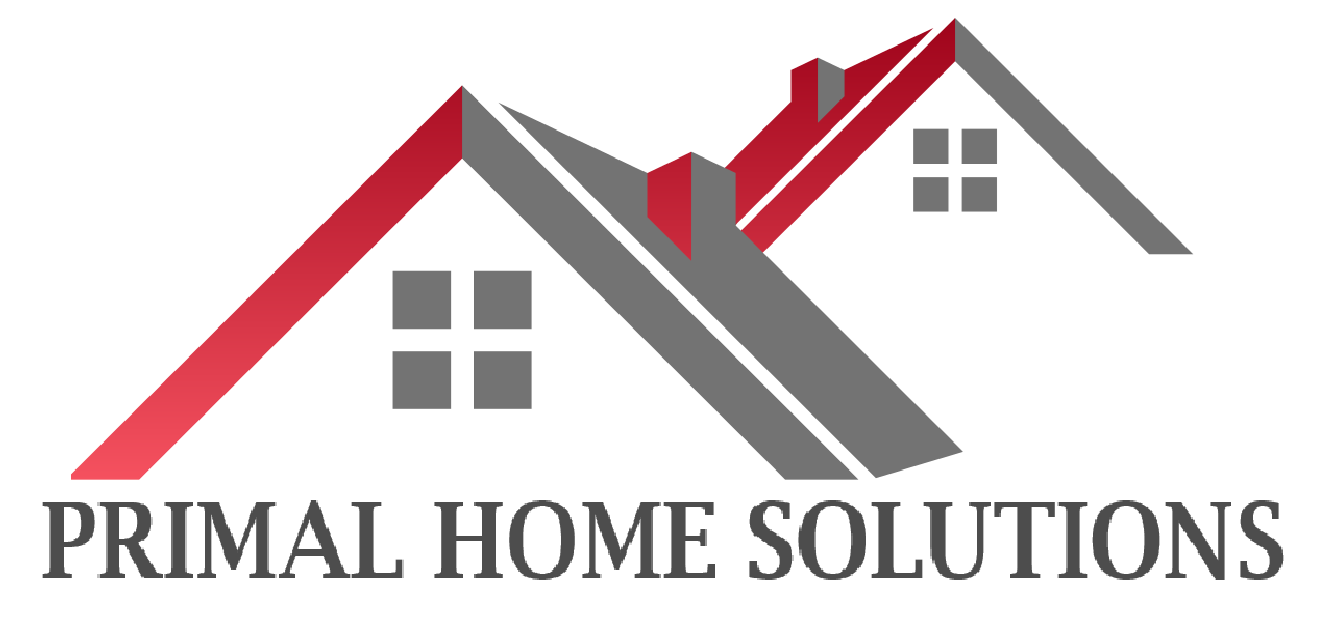Short-Term vs. Mid-Term Rentals: What’s Right for Your Property?
A furnished apartment setup with for the business traveler.
When deciding how to rent out your property, one of the first choices you’ll face is whether to host short-term guests (a few nights to a couple of weeks) or mid-term guests (typically one to six months). Both options can be profitable, but the best fit depends on your property, its location, property setup and your income goals.
Let’s break down both models and explore how to find the best fit for you.
Short-Term Rentals (STR)
What they are:
Short-term rentals are typically listed on platforms like Airbnb or Vrbo for nightly or weekly stays. These properties cater to vacationers, weekend travelers, and tourists looking for unique and comfortable stays.
Pros:
Higher nightly rates: STRs often generate premium pricing during peak travel seasons.
Flexibility: You can block dates for personal use or maintenance without losing long-term tenants.
Strong demand in high-traffic areas: Ideal for cities or regions with consistent tourism or events.
Cons:
Frequent turnovers: You’ll need to handle regular cleaning, inspections, and guest communication.
Seasonal income swings: Bookings can fluctuate depending on holidays, weather, or local events.
Higher involvement: Active management or a professional team is essential for a seamless guest experience.
Pro Tip: Short-term rentals succeed when presentation and hospitality are top-tier. Think hotel-level cleanliness, clear guest instructions, and a warm local touch. If you’d prefer to stay hands-off, Primal Host Solutions can manage every detail — from marketing to guest care — so your property runs smoothly year-round.
Mid-Term Rentals (MTR)
What they are:
Mid-term rentals usually host guests for one to six months, attracting traveling nurses, relocating families, students, corporate professionals, or military personnel. These guests often seek furnished homes that feel personal but practical.
Pros:
Reduced turnover: Longer stays mean fewer cleanings, less wear, and more predictable routines.
Stable, recurring income: Even if the monthly rate is lower, occupancy consistency often makes up for it.
Responsible guests: Mid-term tenants are typically professionals with steady jobs and minimal disruptions.
Cons:
Less owner flexibility: Once occupied, you can’t access or use the property until the stay ends.
Lower peak revenue: You might not hit the same high nightly rates as short-term stays.
Extra agreements: Local housing laws may require lease forms or verification.
Pro Tip: Mid-term rentals thrive near hospitals, universities, military bases, and corporate centers. Add a workspace, high-speed Wi-Fi, and blackout curtains to appeal to professionals who value comfort during longer assignments.
How to Decide
Every property and owner are unique. Here’s how to evaluate what fits best:
Location: If your property is near tourism hot spots, go short-term. If it’s close to hospitals, military bases, or universities, mid-term stays may yield steadier income.
Financial Goals: STRs can maximize profit, while MTRs provide steady returns with fewer moving parts.
Time Commitment: If you prefer low involvement, MTRs are simpler to maintain. If you love hospitality and want high margins, STRs might be your lane.
Pro Tip: Some owners successfully combine both models — renting short-term during high season and mid-term in off-peak months. This hybrid approach keeps occupancy high year-round.
Our Take
At Primal Host Solutions, we help property owners succeed in both markets. Some homes thrive as short-term rentals, others with mid-term stays, and many benefit from a hybrid approach. Whether your property fits best as a vacation rental, a mid-term furnished stay, or a hybrid, we’ll help design a management plan that maximizes your income and minimizes your workload.
👉 Ready to find your best-fit rental strategy?
Contact us today for a free property assessment and we’ll share tailored insights based on your goals and location.


